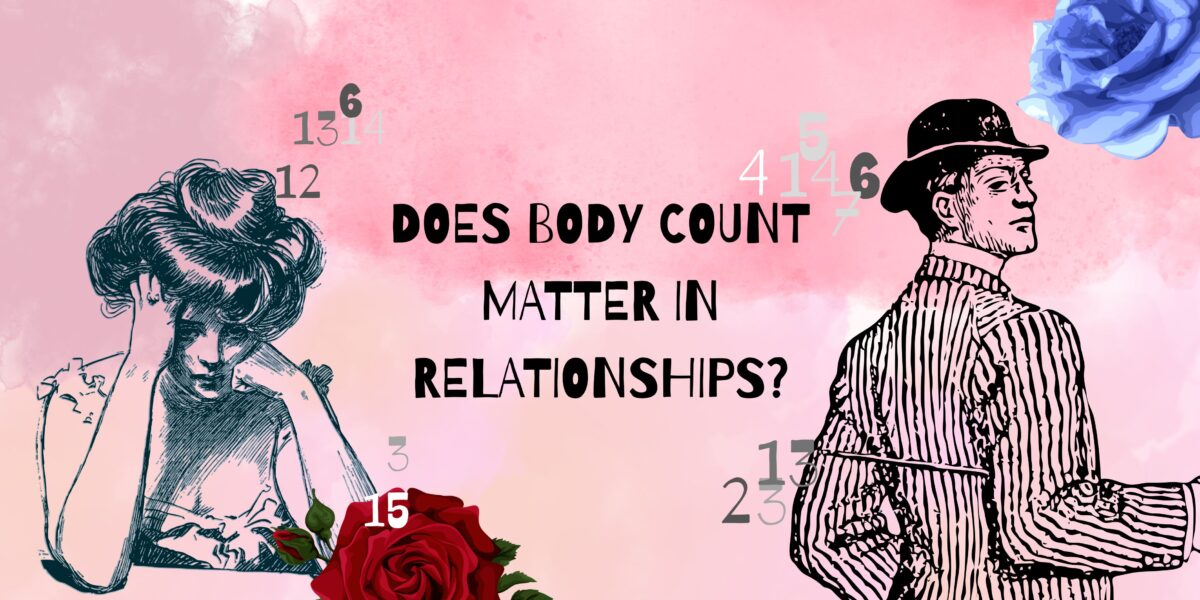In today’s society, casual sex is no longer as big of a taboo as it once was. As a result, there seems to be greater acceptance towards it. Moreover, various sexual terms have also entered common speak. Nevertheless, the actual act of intercourse is still divisive. An example here is of the taboo around kinks […]



